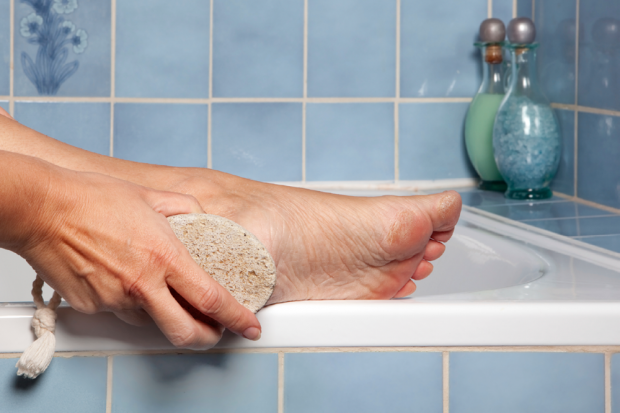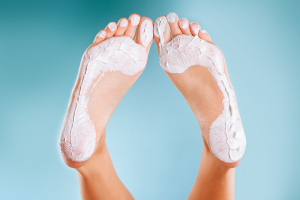Corns vs Calluses What Is the Difference Between a Corn and a Callus?
Contrary to popular belief, corns and calluses are not the same thing. Read on so you can differentiate the two and better know how to treat them.
As John Mayer once crooned, your body is a wonderland. Though it is susceptible to many injuries, it’s also a highly skilled fighter and maker of armor. Take corns and calluses, for example. Both conditions are your body’s way of dealing with repeated friction due to things like improperly fitting shoes and physical activity. In essence, your feet begin to build up thick deposits of dead skin cells to protect the affected area from further pain and irritation. Miraculous, right?
Because corns and calluses arise from similar circumstances and sites like WebMD often put them in the same category, many people believe they are the same thing. However, as any podiatrist will tell you, while they are both a type of keratosis, a callus is not the same thing as a corn.
Difference Number One: Location
Both corns and calluses are types of hyperkeratosis, which is the medical term for thick and hardened skin. However, calluses are rough and hardened bumps that commonly form on the bottom and sides of the feet from repeated friction, dry skin and other irritation. They generally appear on parts of the foot that bear weight, hence their appearance in plantar places like on the heels and ball of the foot. Whereas corns, on the other hand (or foot, in this case), are hardened bumps that typically appear on non-weight bearing parts of the feet, like the side of a toenail or in between the toes.
Difference Number Two: Appearance
According to Dr. Steven Kavros, a leading podiatry expert, both corns and calluses are bumps of skin that have a white or yellow wax-like appearance, but calluses tend to be wide, flat tough bumps an inch or more in diameter, while corns tend to be small round bumps with a hard center (or core) surrounded by red, inflamed skin. They are similar to a blister, except blisters (which are also sometimes confused for corns) are protective bumps filled with clear liquid.
Difference Number Three: Pain Level
A callus generally causes little to no pain, while corns usually range from being slightly painful to full on excruciating, depending on their location. For example, corns located between the fourth and fifth toe are called Heloma Molle and are particularly painful. However, a callosity (another word for callus) can also cause pain if it continues to grow and begins to irritate surrounding bone and nerves.
As one can see, though they are similar, corns and calluses are actually quite different. As such, the methods to remove them are slightly different, as well. For a list of home remedies for calluses, check out these calluse removal methods. And for information on how to remove corns at home, check out these DIY corn removal methods. Good luck, and here’s wishing you the best of luck on your journey to happy and healthy feet!
Notice concerning medical entries:
Articles having medical content shall serve exclusively for the purpose of general information. Such articles are not suitable for any (self-) diagnosis and treatment of individual illnesses and medical indications. In particular, they cannot substitute for the examination, advice, or treatment by a licensed physician or pharmacist. No replies to any individual questions shall be effected through the articles.






